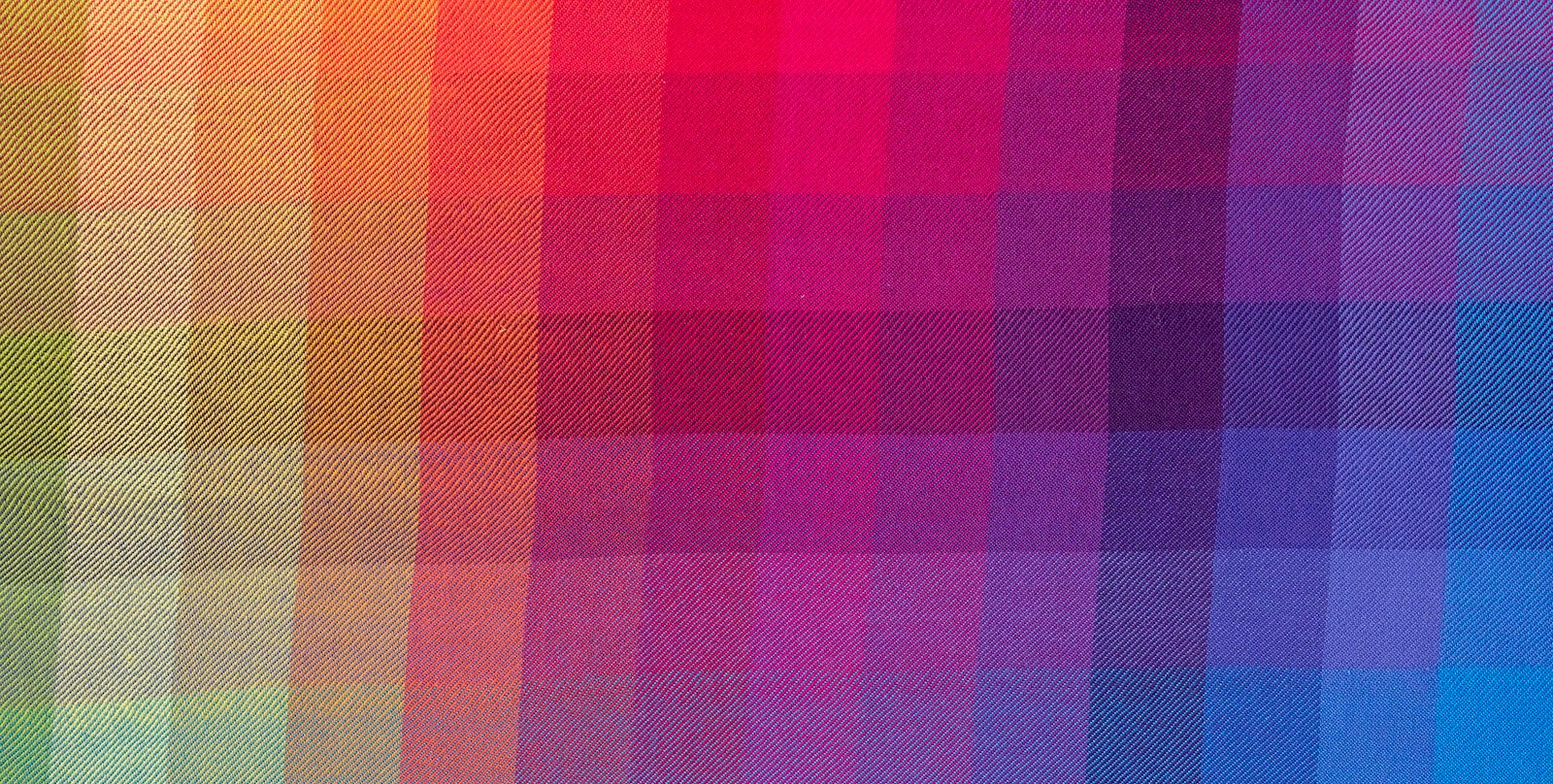Many weavers feel color-challenged; color theory is one of the most talked about subjects in weaving. Sherrie Miller has developed her own methods of working with color. Give one or two of her strategies a try! - Susan
I have a question for the weavers reading this. Do you feel color-challenged? Raise your hand if you wish you felt more confident about choosing colors for your weaving projects. I’m guessing there are a lot of hands waving out there, including my own. We are not alone. My fellow guild members, a typical group of weavers from newbies to weaving world celebrities, are always up for a program or workshop on color theory. We are eternally optimistic that maybe this next foray into the mysterious world of color will bring about a chromatic epiphany.
Sponge, a washing tool or a color? Credit: Pixabay
Ironically, many people have told me that I have a good color sense. Can you hear me laughing? My sense of color never progressed past the most basic set of Crayola crayons. When I first started buying fiber I only bought colors that I thought were pretty. That ruled out all neutrals and colors with weird names such as “sponge ,” “tundra” “olive drab,” and “lichen.” Why would anyone want to work with such dowdy colors?
I wove with my pretty colors for quite a while, until I slowly realized that pretty colors don’t always get along with one another. They can be fiber prima donnas, who don’t enjoy sharing the spotlight with other colors. They reacted by subtly changing in unattractive ways based on the colors around them. My first lesson in understanding color was this: A color’s appearance is affected by its neighbors.
That led to an equally important “Aha!” moment. Like any diva, a color needs a supporting cast to show off its attributes, and that’s what was missing from my weaving room. I needed support players. I needed the “plain Janes” of the color world: those neutrals and colors with unappetizing names.
Choosing colors for a new project Photo credit: Sherrie Miller
So, now I have “sponge” (a really difficult color to describe) sitting on my shelf. Yet even with this important chromatic enlightenment, I’m still afraid of color. I have a bad case of chromaphobia. Choosing the colors for every new project begins with the same angst. Yet, somehow, I have been able to fool people into thinking I have a good sense of color. How is this possible?
I have found ways to overcome this most serious handicap for a weaver. Here are my completely non-scientific hints for getting around the fact that I have the color sense of a preschooler:
- Be a color thief. Steal color palettes from the experts. If you want to see the color combinations that professional textile designers are paid to create, look at home-furnishing catalogs. My favorite is Crate & Barrel. I will never get to thank its talented designers for the sophisticated and striking color combinations they’ve used in their towels, runners, pillows, bedding, and more. If imitation is flattery, they would be pleased to see my folder of ripped-out catalog pages I use for my own color inspiration.
- Embrace serendipity. Be open-minded and take advantage of unexpected color co-mingling. Once, while measuring out fiber on my warping board, I noticed that the bright-orange guide string was the perfect accent color for the warp I was measuring. I excitedly added a few orange warp ends to the board. This detour from my original warp color plan brought an unanticipated vibrancy to my project. Would I have ever thought of using this color on my own? Of course not!
- Find your inner child. Play with color when it doesn’t count. If you have extra warp at the end of a project, try weaving with some of those half-filled bobbins from old projects. Turn off the self-criticism switch and experiment with the most improbable colors. Weaving just for the fun of it will remind you why you started weaving in the first place. And sooner or later, without even trying, you’ll come up with a color palette that makes you smile and feel good.
When your weaving friends tell you that you have a wonderful sense of color, just modestly thank them. I won’t tell.
Yours, Sherrie
Originally published September 5, 2018. Revised May 26th, 2021



